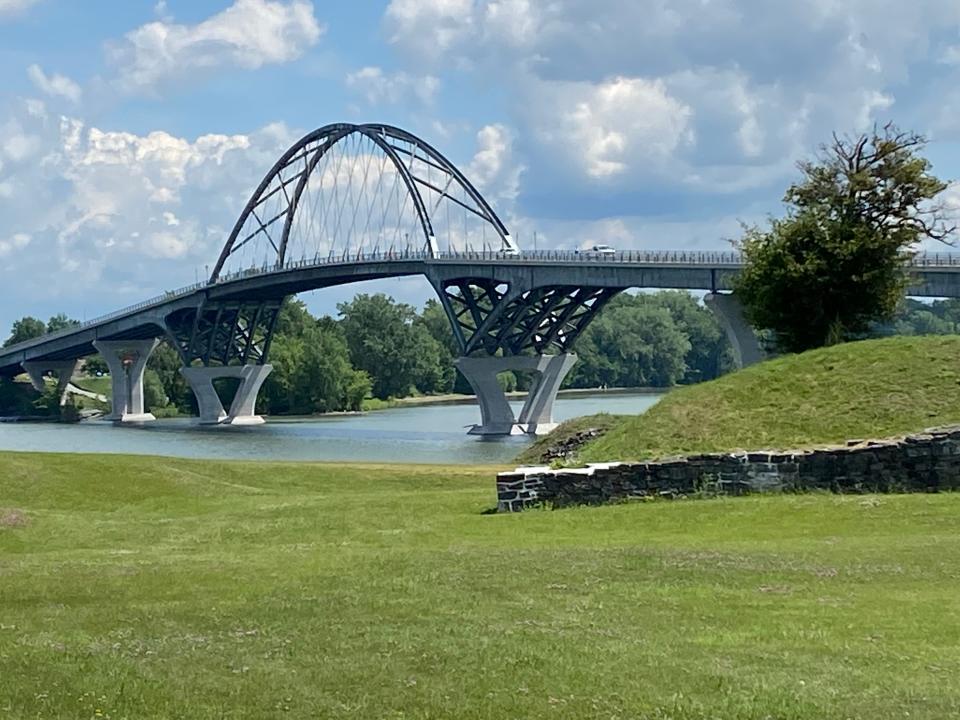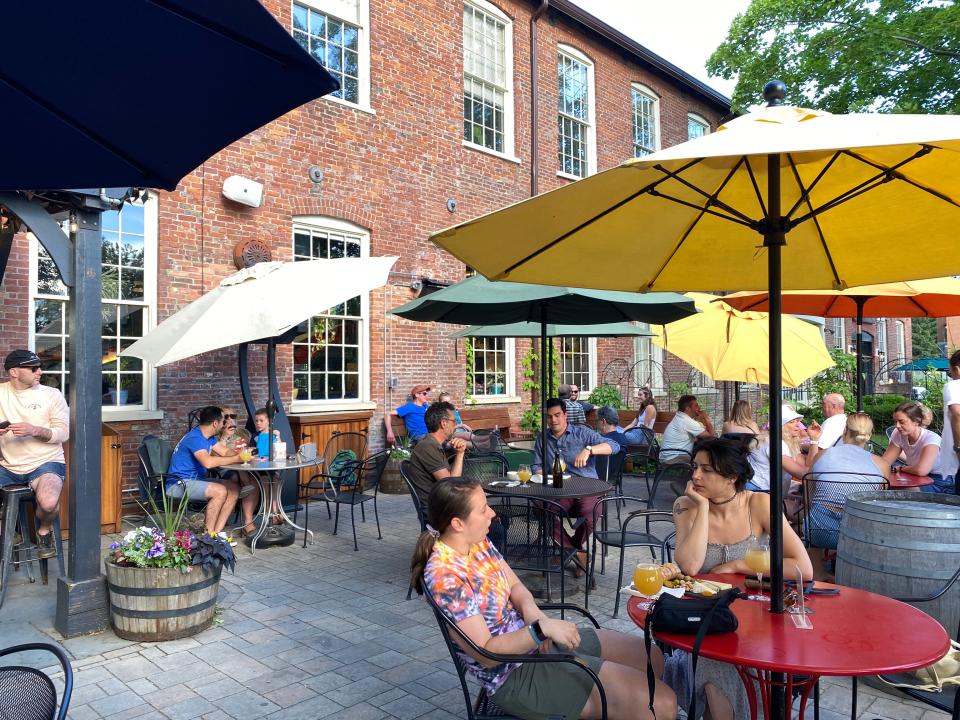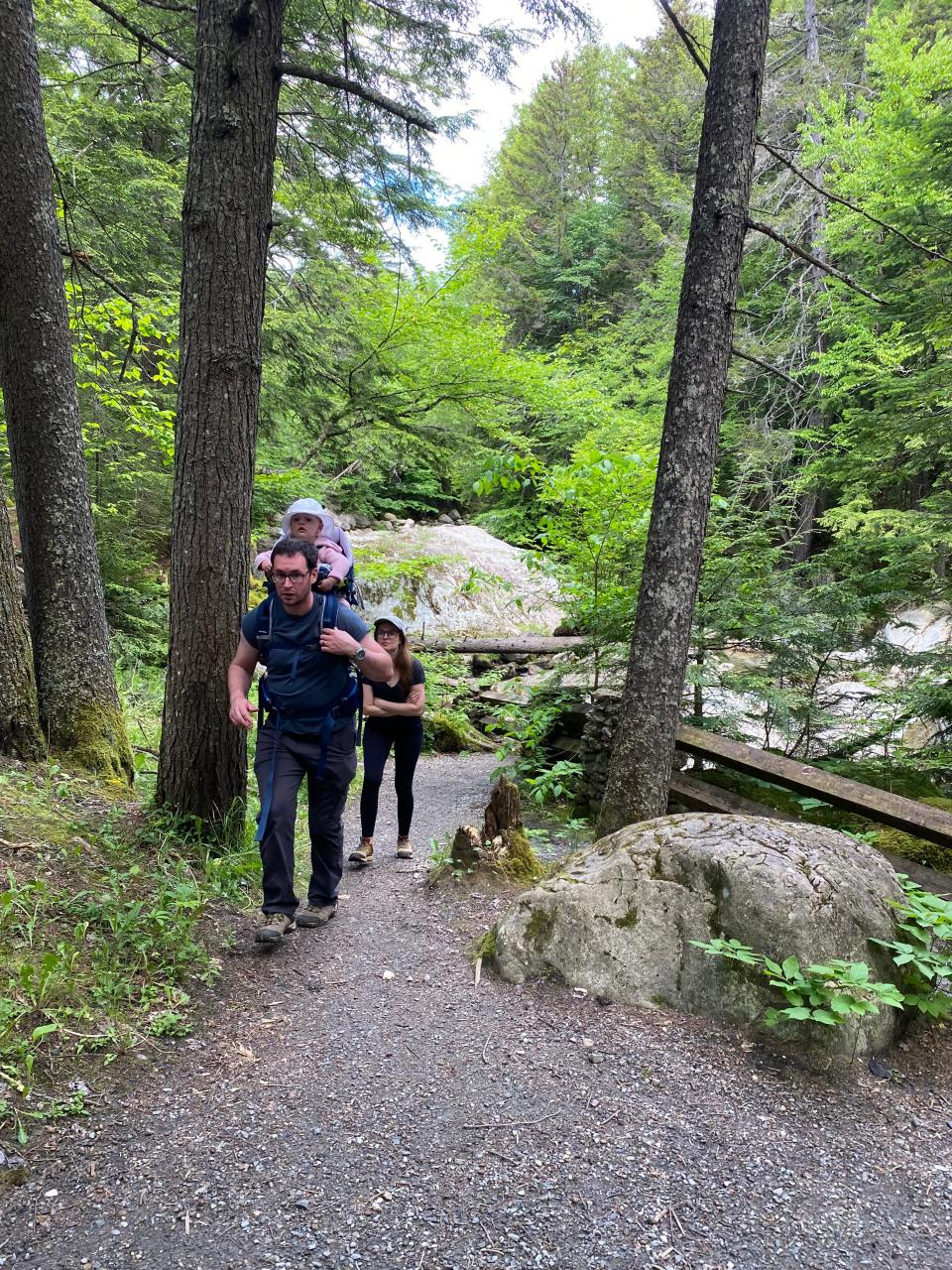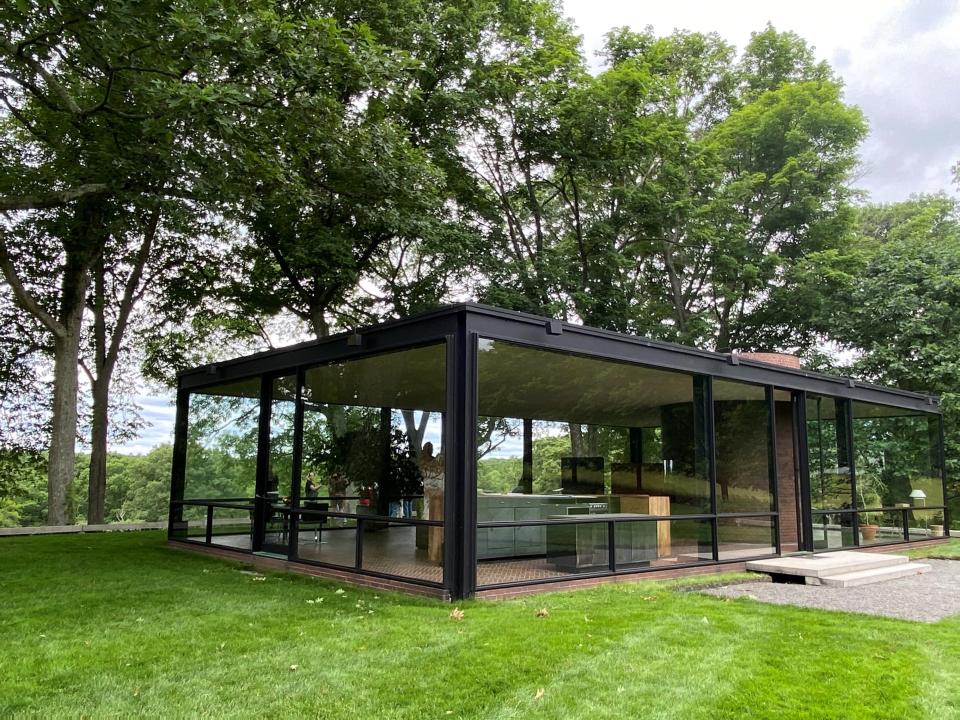Nature defines western New England, from Lake Champlain to the Berkshires
BURLINGTON, Vt. — Weaving a kayak between boulder islands or sailing across sparkling, clear waters might be the best way to enjoy Lake Champlain’s overwhelming natural beauty.
The 120-mile-long lake stretches south to north forming a part of the border of New York and Vermont before reaching into Canada. Champ, the lake’s resident mythical sea monster, is impossible to spot, but it’s not hard to locate postcard-perfect villages and waterfront parks.
This western New England region is particularly blessed by nature. Lake Champlain serves as a gateway to Vermont’s Green Mountains, with the Berkshire and Taconic mountains in Massachusetts and Connecticut being easy-to-do additions to a travel itinerary.
Hiking trails and camping areas abound, along with many opportunities for canoeing and kayaking. Small towns celebrate historic American charm, farm-fresh dining, artisan crafts and down-to-earth hospitality.
Lake Champlain

Many visitors first catch sight of Lake Champlain at Crown Point, where an eight-stories-high bridge gently sweeps over the water. This motor route funnels people from the mid-Atlantic states into the New England states. Eighteenth-century colonists recognized its strategic location. The ruins of the French outpost, Fort St. Frederic, slumber in the shadow of the bridge.
Two-lane roads cling to the shoreline and lead to the Champlain Islands, a cluster located directly north of Burlington. U.S. Route 2 weaves like a thread through South Hero, Grand Isle, North Hero, Isle La Motte and Alburg. Carefully tended for generations, the pastures and orchards cover the countryside like a checkerboard. Motorists and bicyclists pass weathered barns, farm stands and wineries in the sunbathed landscape.
Travel: From Gilded Age mansions to FDR's picnics, Hudson Valley captures pastoral state of mind
Travel: Little Rock is in the center of everything in Arkansas

Small businesses, such as Hero’s Welcome General Store, Café and Marina, cater to locals and visitors. Four state parks dot the islands, with Sandbar State Park being the gateway. Grand Isle State Park ranks as Vermont’s top park for camping. Pilgrims visit Saint Anne’s Shrine on the north end of Isle La Motte. It is the site of Vermont’s oldest European settlement, Fort Saint Anne, established in 1666 by French forces.
Bicyclists find an equally satisfying experience along the Burlington Greenway, which runs eight miles along Lake Champlain’s edge and turns to reach Winooski. People gather at Waterworks restaurant overlooking the Winooski River Falls in the heart of the city.

Ferries and the excursion ship “Spirit of Ethan Allen” depart from the Burlington’s marina. The downtown waterfront also features a popular science museum, restaurants, hotels and two city parks. Nearby, an eclectic crowd gathers at Foam Brewers. By taking a short walk, people reach the Church Street Marketplace, a thriving pedestrian shopping and entertainment district and the main campus of the University of Vermont.
Shelburne Museum, just a few miles south of Burlington, houses vast collections of Americana in the 39 structures scattered across 45 acres. Museum founder Electra Havemeyer Webb relocated historic structures to preserve them for future generations.
A one-room schoolhouse, lighthouse, meeting house, jailhouse, general store, covered bridge and the 220-foot steamboat Ticonderoga found a place on the property. Her prestigious collection of Asian and European art, including French impressionism masterworks, are on display.
Green Mountains

“Whose woods these are I think I know …” Words flowed from the pen of poet laureate Robert Frost, who spent 23 summers in Ripton and expressed a love for New England’s fields and forests. Nearby, a hiking trail dedicated to him meanders for one mile and has signboards featuring his poems.
A second stop in the Green Mountain National Forest leads to Texas Falls, a remnant of the ice age some 12,000 years ago. The trail’s footbridge crosses a large glacial pothole. The trail winds through an evergreen forest thick with ferns. Lye Brook Falls Trail, a 4.4-mile route near Manchester, is often ranked the best with its payoff of an outstanding view of the 125-foot falls. The Equinox Trail System, 11 miles of trails on the eastern side of Mount Equinox, includes a loop around serene Equinox Pond. Twelve miles of hiking trails surround Hildene, the lavish estate of President Abraham Lincoln’s son, Robert Todd Lincoln, in Manchester.
Carriage roads and trails crisscrossing Mount Tom are key attractions of Marsh-Billings-Rockefeller National Historical Park by Woodstock. Tour guides at the mansion tell the fascinating story of three influential men and their commitment to conservation.
Laurance Rockefeller, an adviser to five U.S. presidents, helped make conservation and outdoor recreation essential parts of the national agenda. He and his wife, Mary, made the gift that established Marsh-Billings-Rockefeller National Historical Park in 1992. The mansion contains furnishings left in place after the Rockefellers’ departure. The National Park Service operates the park in partnership with the adjoining Billings Farm and Museum, a working dairy farm.
In Woodstock, often-called the quintessential New England village, the tidy business district supports an ice cream parlor, general store, bookshop and cafes, where friendly service encourages relaxation.
The Berkshires
The Berkshire Mountains in Massachusetts offer stunning scenery, fabulous outdoor fun and world-class culture.
Ninety miles of the Appalachian Trail wind through Western Massachusetts, including a strenuous section over Mount Greylock, which has a 92-foot Massachusetts Veterans War Memorial Tower at its summit. At 3,489-feet above sea level, it is the state’s highest peak with hundred-mile views in all directions.
The Berkshires Natural Resources Council supports a major trail system throughout the region. A wooden walkway leads hikers through frog-filled Parsons Marsh. Olivia’s Overlook gives a panoramic view that includes Stockbridge Bowl, a 372-acre lake. The Stevens Glen Trail wends to a deck overlooking Lenox Mountain Brook as it cascades down a rocky ravine.
The seven miles of trails in Massachusetts Audubon’s Pleasant Valley Wildlife Sanctuary are highlighted by a loop around Pike’s Pond, an active beaver habitat.
The Berkshire Mountains are a vacation destination with a truly artistic bent. In Lenox, people bring blankets and picnic baskets to sit on the grass and listen to musicians like James Taylor and Bonnie Raitt at Tanglewood, also the summer home of the Boston Symphony Orchestra.
Visitors slip into the Gilded Age at Naumkeag, the estate of former U.S. Ambassador to Great Britain Joseph Choate. The mansion depicts a high-society lifestyle, and the gardens with their views of the southern Berkshires seek to inspire. Novelist Edith Wharton’s estate, The Mount, is open for visitors also. Wharton designed the showplace herself in 1902, and its architecture, interiors and gardens reflect her spirit and influence as a tastemaker of the Gilded Age.
Artist Norman Rockwell drew inspiration from his Stockbridge neighbors and often depicted them in his illustrations. A museum displaying some of his most famous works and his studio are popular destinations.
Lovers of contemporary art gather in North Adams at the Massachusetts Museum of Contemporary Art, known as MASS MoCA. Here, huge works like Glenn Kaino’s “In the Light of a Shadow” float in midair. “Ceramics in the Expanded Field” features skeletal structures, some 18-feet high, others with television screen limbs. Nine-foot-long banjos are among the outlandish instruments there for the playing in Gunnar Schonbeck’s “No Experience Required.” MASS MoCA’s exhibition space reaches 250,000 square feet, having evolved from a complex of 19th century mill buildings.
Wrapped in the landscape
The last stop on this journey through green landscapes is farther south in New Canaan, Connecticut.

The Glass House, the signature work of renowned architect Philip Johnson, rests on a leafy promontory above a pond. It is one of America’s greatest modern architectural landmarks and is owned and operated by the National Trust for Historic Preservation. Johnson lived there after its completion in 1949 until his death in 2005.
The exterior walls of glass allow the outdoors to enter, creating a seamless living space. No interior walls diminish the view. Johnson’s furnishings remain in place for visitors to inspect and imagine his life among the giant oaks, grassy fields and gently rolling hills. Here, he entertained friends, who included many innovative artists, designers, architects and trendsetters.
The Glass House appears small; it is 55 feet long and 33 feet wide, measuring as 1,815 square feet. Yet, it holds its own among the mature trees. Johnson shaped vistas on the 43-acre property and installed pavilions and sculpture, referring to them as “events on the landscape.” The Sculpture Gallery houses works by leading 20th-century artists, exhibited in a warren of bays reached by a network of staircases.
The tour guide related Johnson’s belief that the Glass House is best understood as a pavilion for viewing the surrounding landscape. Johnson claimed it is “the only house in the world where you can see the sunset and moonrise at the same time, standing in the same place ... I get it all the time here in the Glass House.”
Linda Lange and Steve Ahillen are travel writers living in Knoxville, Tenn.
This article originally appeared on Knoxville News Sentinel: Travel to Lake Champlain, Vermont, Massachusetts, Connecticut
